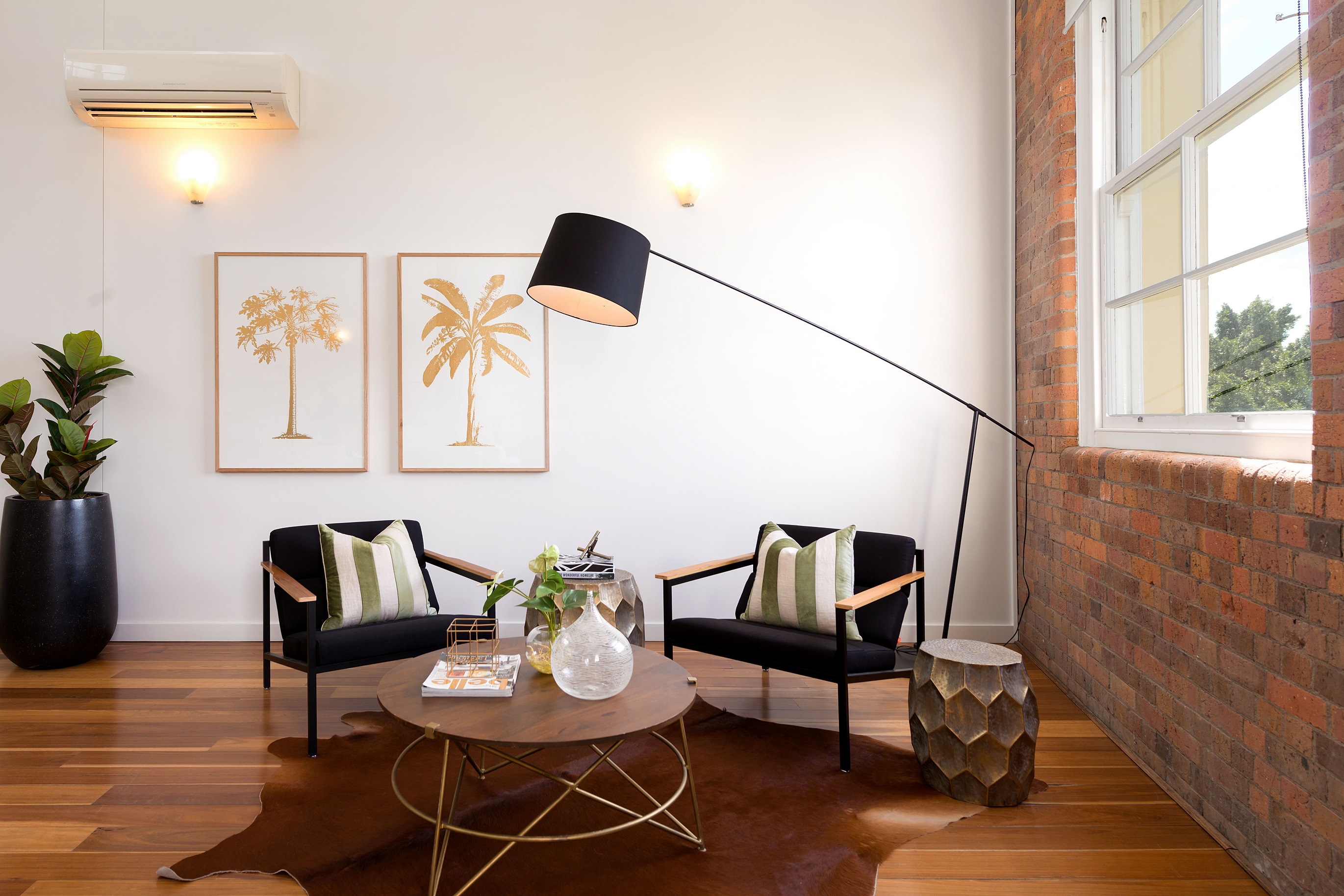
Brisbane property market is looking good for the long overdue boom!
The Brisbane market is showing meaningful improvement and appears ready for a long overdue boom. Every statistic that matters depicts uplift in the Brisbane market and prices are expected to rise in 2020.
Many commentators have forecast a Brisbane boom in recent years, though many were simply assuming that the Queensland capital would follow the lead of Melbourne and Sydney. Brisbane, however, has lacked the core growth drivers that boosted markets in the two biggest cities.
But, increasingly, growth parameters are lining up for Brisbane. Population data is favourable, the affordability comparison is helpful, surveyed investors say they are targeting Brisbane – and the major piece of the puzzle previously missing, infrastructure spending, is starting to happen.
I have commented in the past: “Brisbane is like a car where the engine is revving but it can’t move forward because the handbrake is on.” Perhaps the handbrake has been released - a growing number of analysts are tipping good price growth in Brisbane this year (including Domain, BIS Shrapnel and Westpac) and I tend to agree.
My Autumn 2020 survey of sales activity reveals 37 suburbs with rising buyer demand, the second best result for Brisbane in the past three years – and almost double the number six months earlier. There has also been a marked decline in the number of problem locations (those classified as declining or danger markets).
Vacancy rates continue to improve, though there are still areas of weakness, and 43% of Brisbane suburbs have delivered annual growth in their median house prices, including double-digit uplift in the strongest areas.
There is particular strength in the northern suburbs of Brisbane – the Brisbane North precinct and the Moreton Bay LGA jointly account for 21 of the 37 suburbs ranked as rising markets. The southside has many of the struggling markets and Brisbane’s inner-city, while improving, still has its problems.
The Brisbane North precinct and its neighbour Moreton Bay Region are the standouts, as they have been in our surveys in the past.
Brisbane North has 13 suburbs classified as rising markets, another 24 suburbs with steady sales activity and none ranked as declining or danger markets.
The uplift in sales activity is producing solid price growth in many of these suburbs, well above the average for the Brisbane metro area. Kedron has recorded annual rises in its median prices for both houses (up 6%) and apartments (up 11%), while Windsor is up 22% for houses and 6% for apartments.
Newmarket’s median house price is up 16%, Northgate has risen 14%, while Stafford, Nudgee and Geebung have all increased between 6% and 8%.
The Moreton Bay Region LGA has regularly been the best-performing Brisbane market, boosted by affordability, good infrastructure and proximity to employment nodes. It’s been overtaken by Brisbane North in the latest survey, but remains a significant market.
The February 2020 opening of a new university campus will boost demand in nearby suburbs like Petrie and Lawnton (Petrie is already rated a rising market and is likely to get stronger as the campus effect clicks in).
Other precincts have some growth markets: Brisbane-east, Brisbane-south and Brisbane-inner each has four suburbs with rising sales activity. Currently these are out-numbered by plateau markets, but I expect that to change as the year rolls on.
The Brisbane-inner precinct is a confusion of suburbs with contrasting rankings: the 22 ranked suburbs in my Autumn 2020 survey include 4 rising, 7 plateau, 1 consistency, 7 declining and 3 danger. The danger markets (Albion, Fortitude Valley and Kelvin Grove) are those where sales activity has dropped markedly, prices are down and vacancy rates remain high. This, however, is an improvement – 18 months ago the Brisbane-inner precinct had 12 suburbs classified as danger markets.
It’s noteworthy that many of the Brisbane locations with solid median price growth in the past year are situated towards the upper end of the market. They include Hamilton ($1,560,000, up 11%), Balmoral ($1,050,000, up 7%), Indooroopilly ($950,000, up 12%), Newmarket ($950,000, up 16%), Rochedale ($1,035,000, up 7%), Sherwood ($935,000, up 7%), Toowong ($890,000, up 10%) and Windsor ($940,000, up 22%).
Inner-city Highgate Hill stands out with good median price both for houses (up 8%) and apartments (up 10%).
Usually, up-cycles in capital city property markets begin at the top end and ripple out from there.




